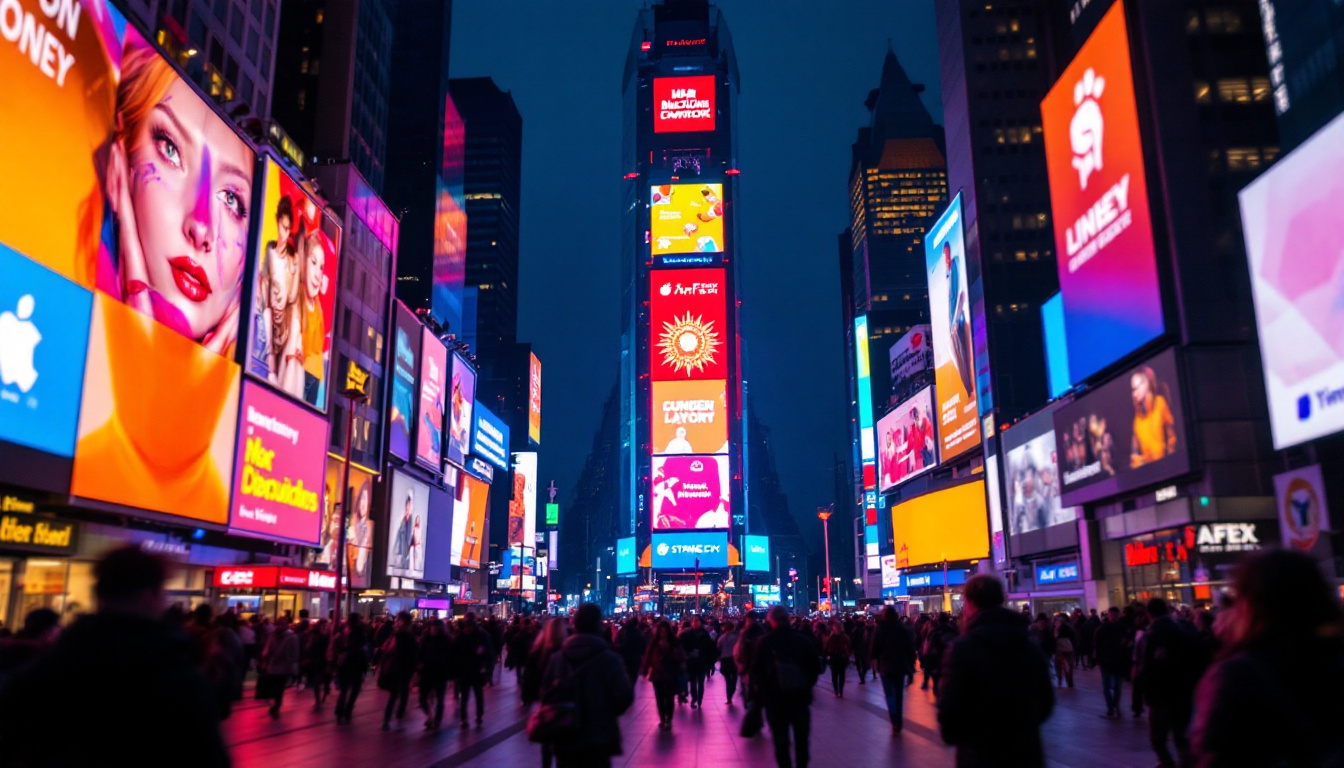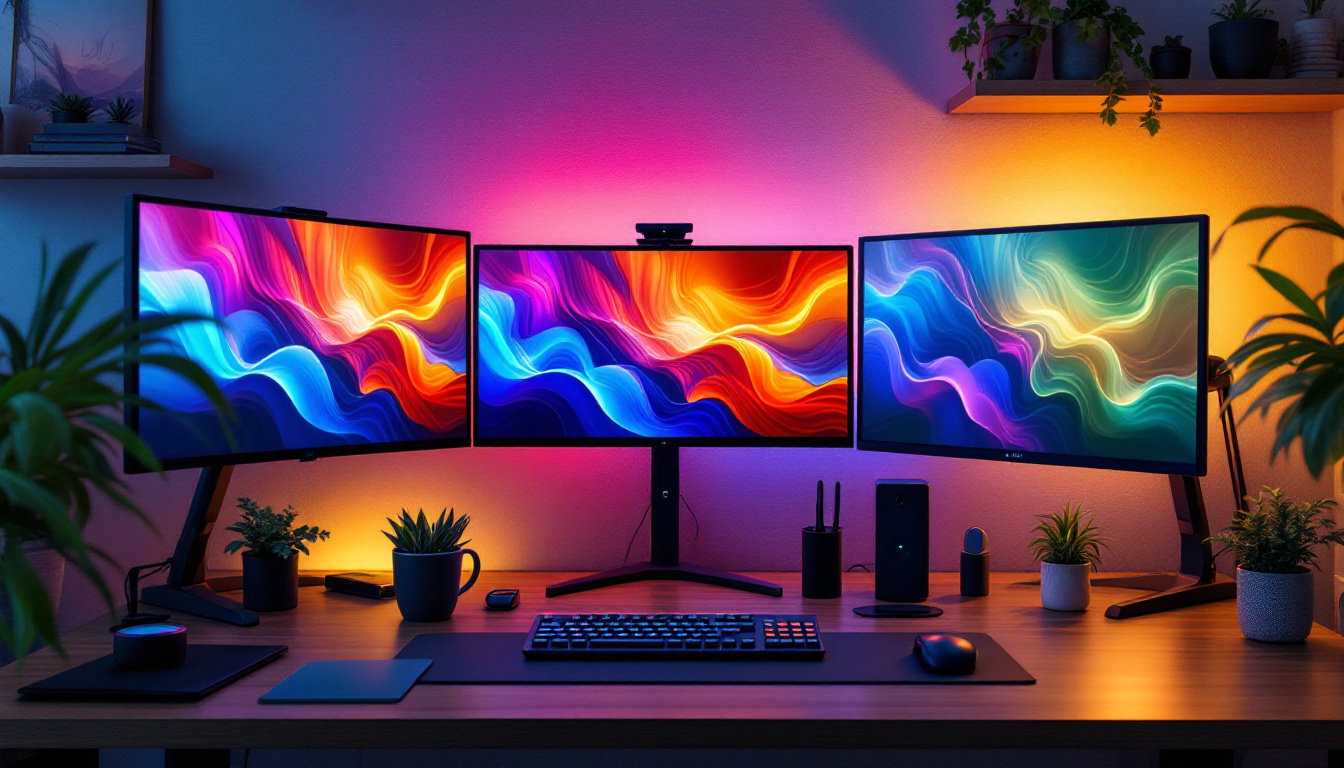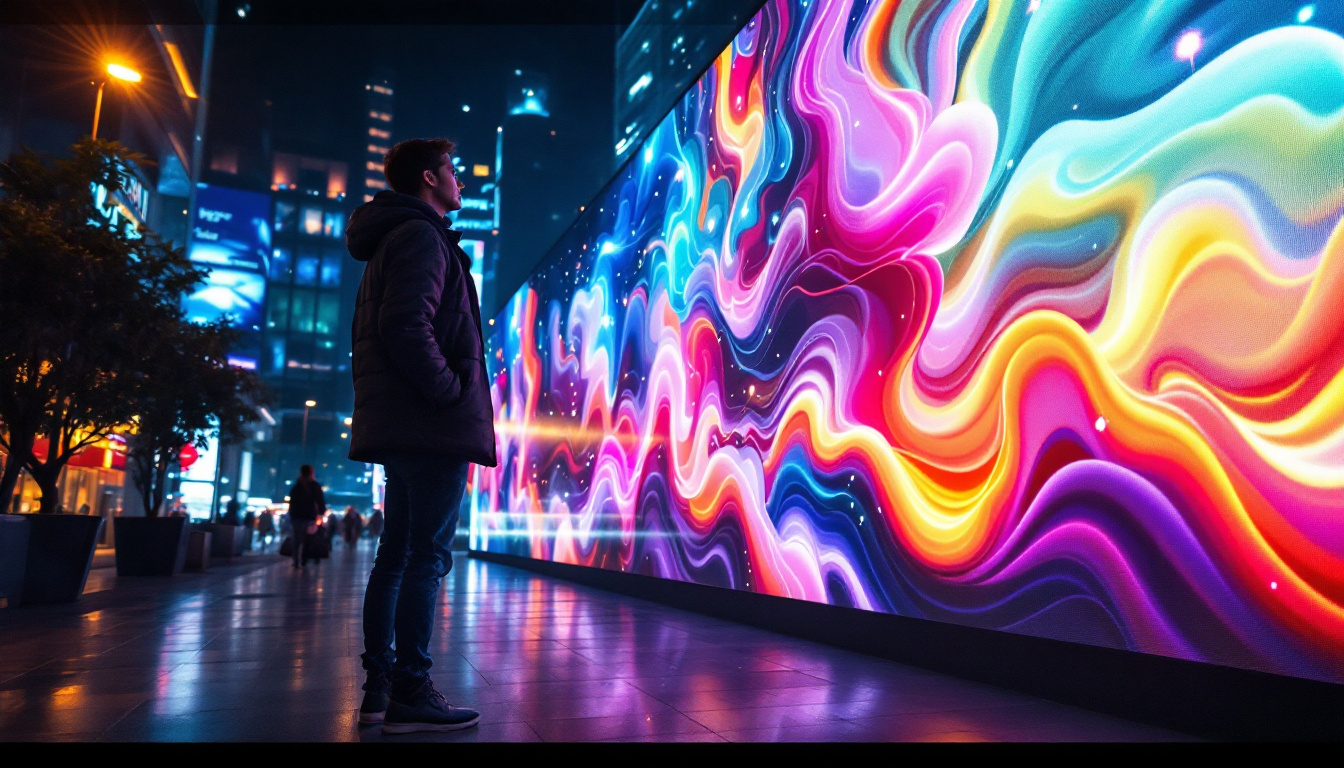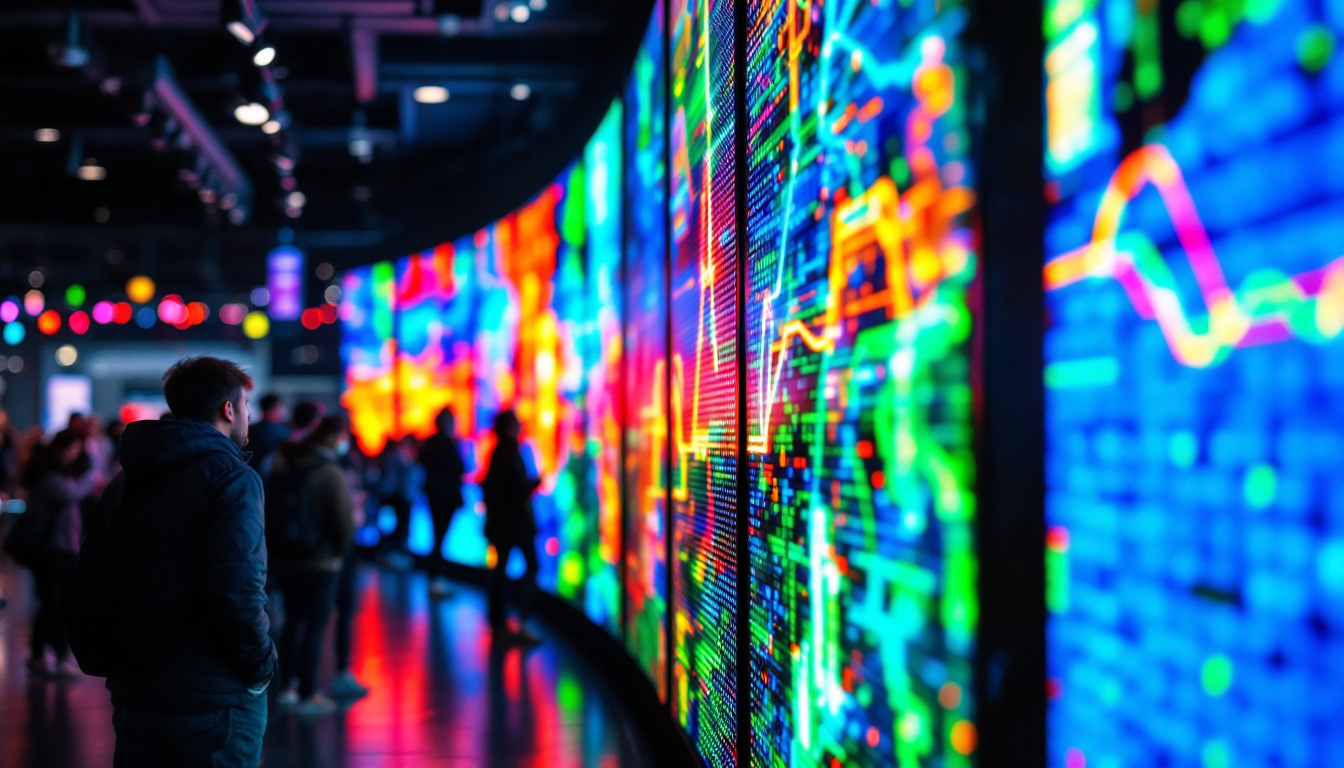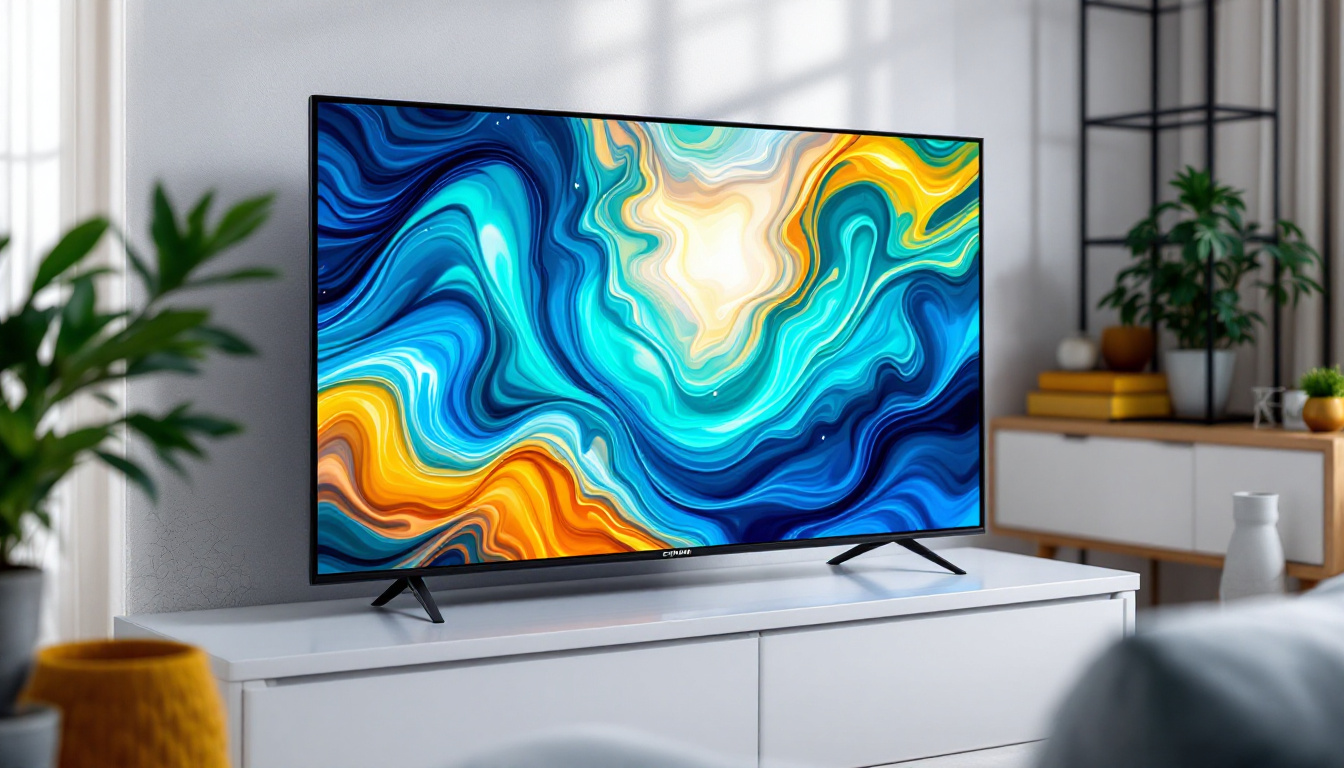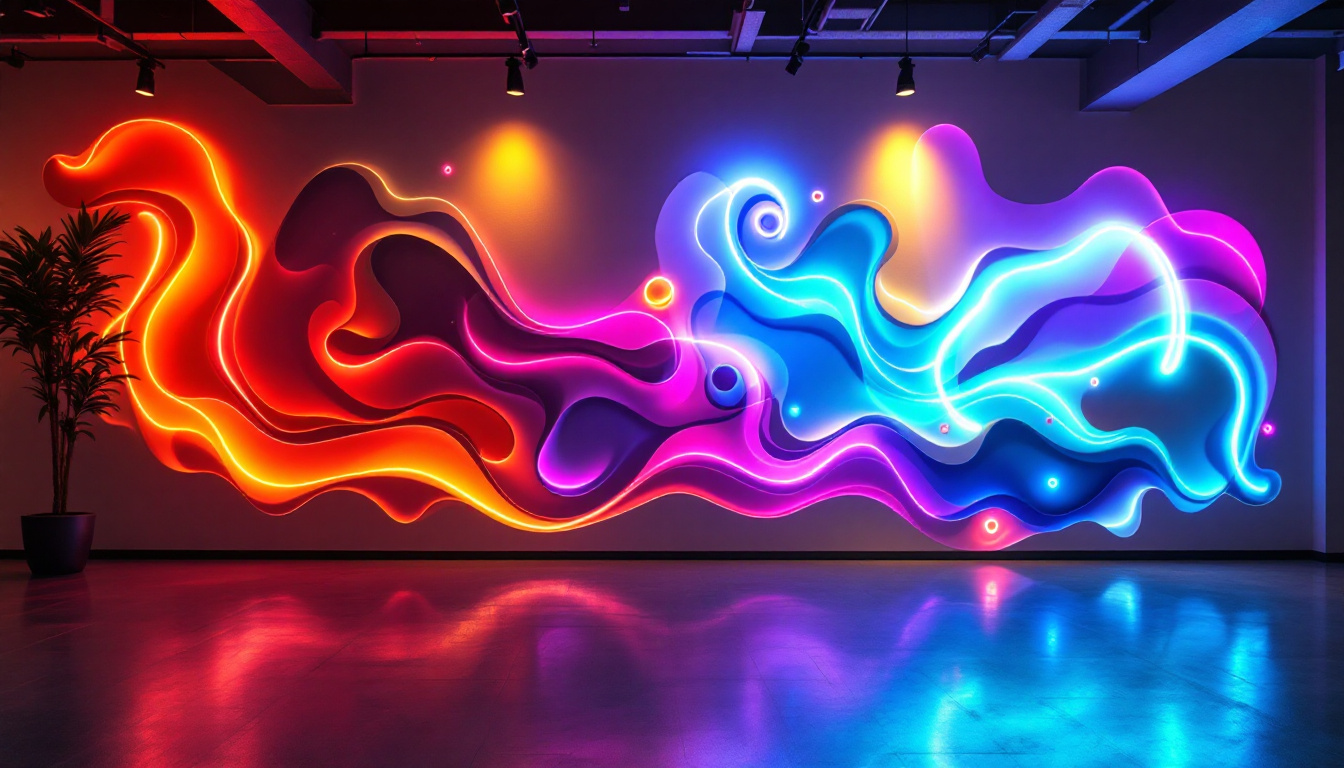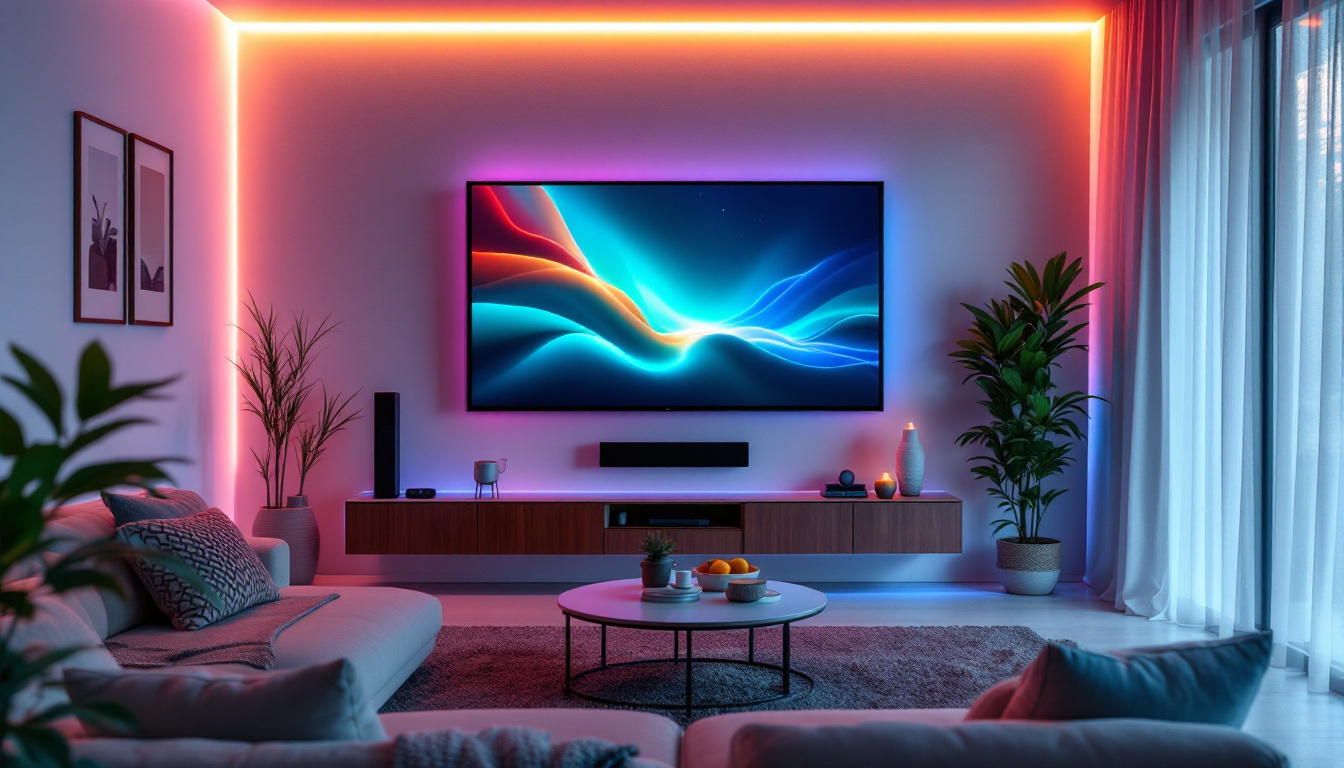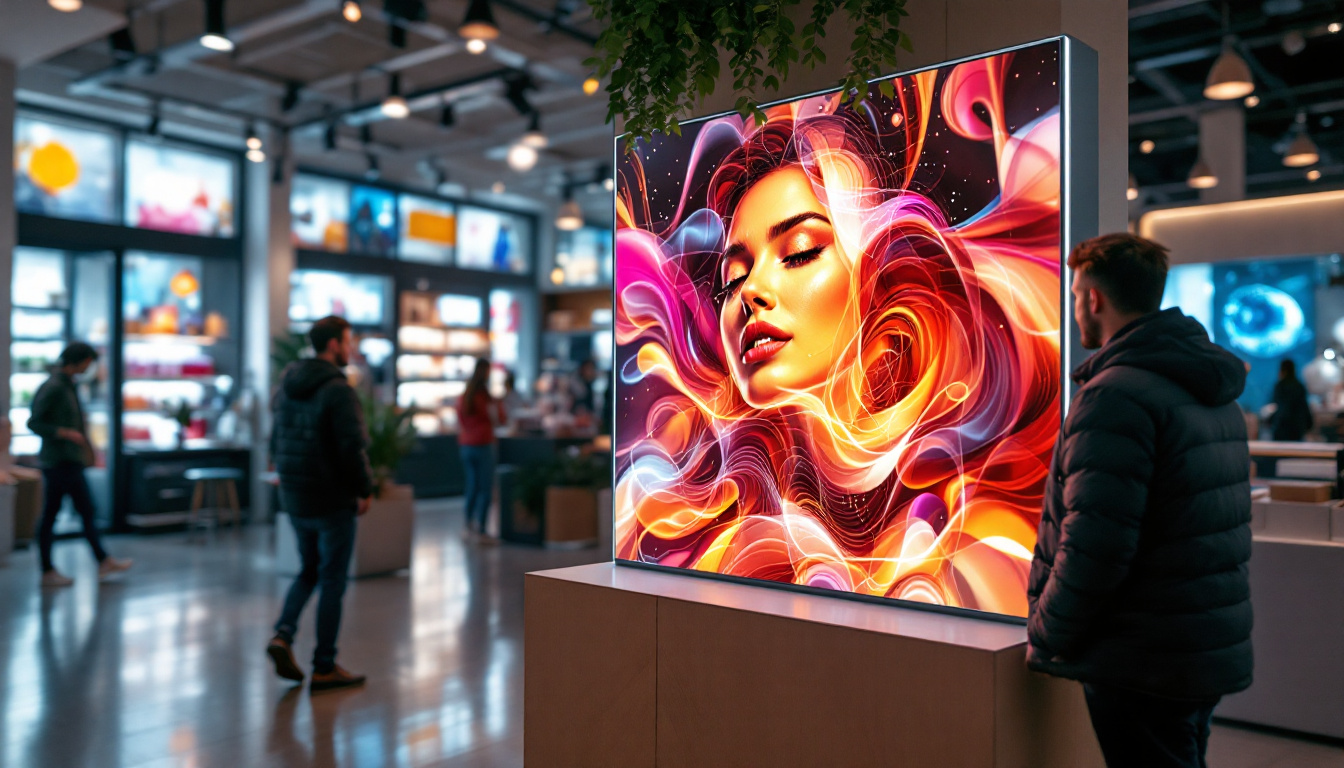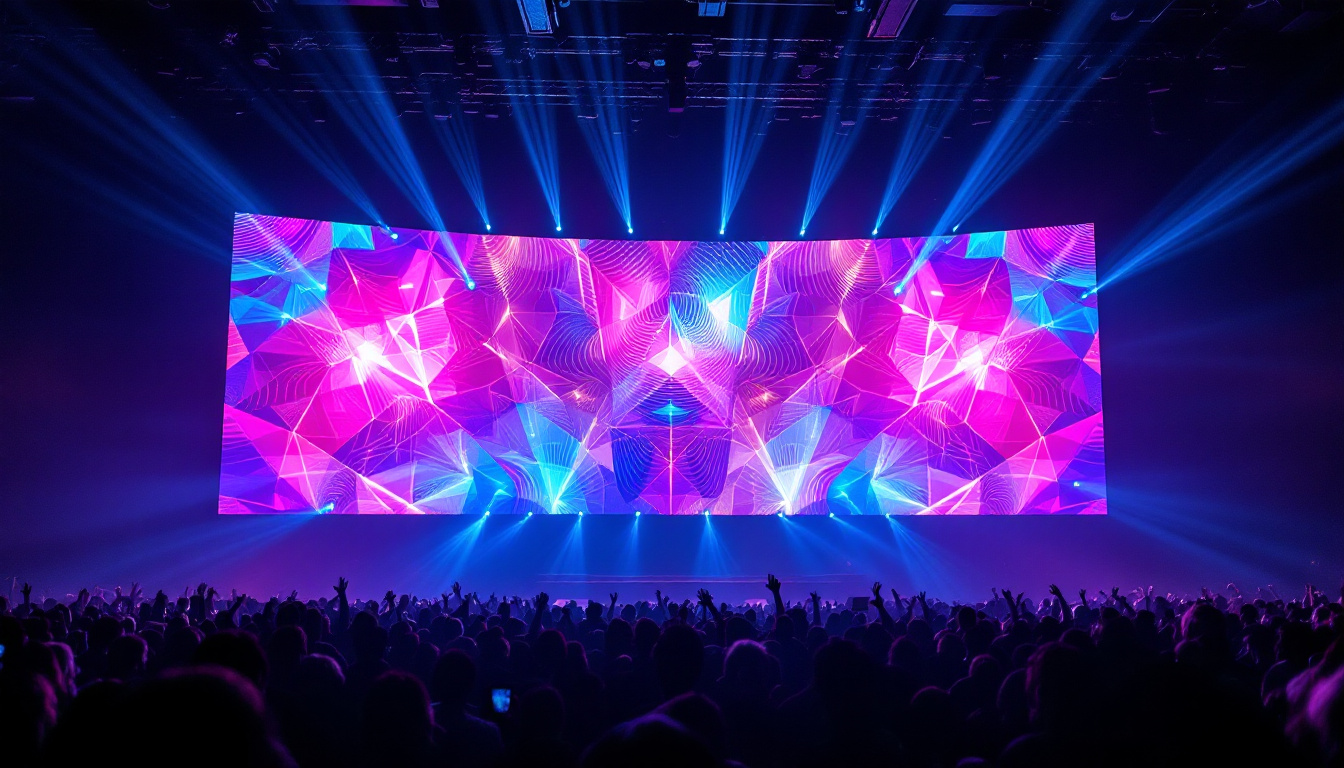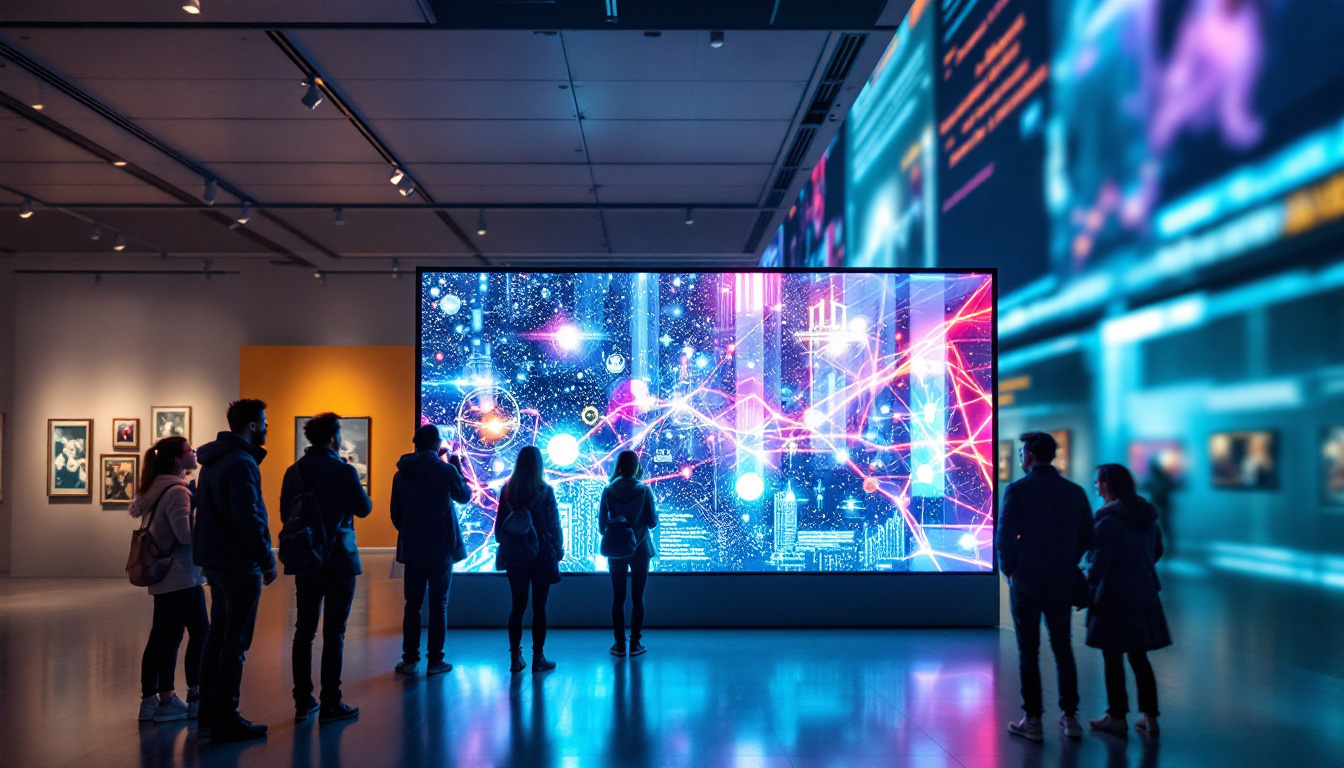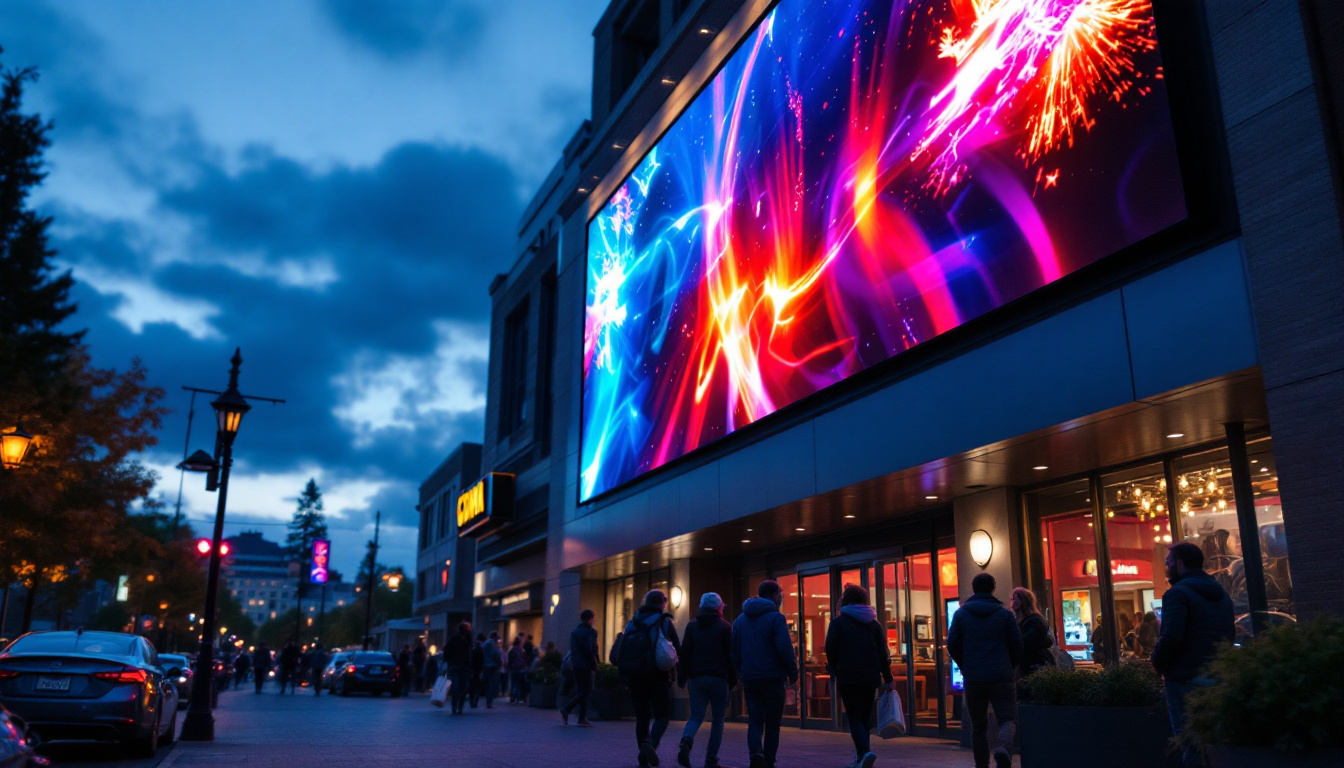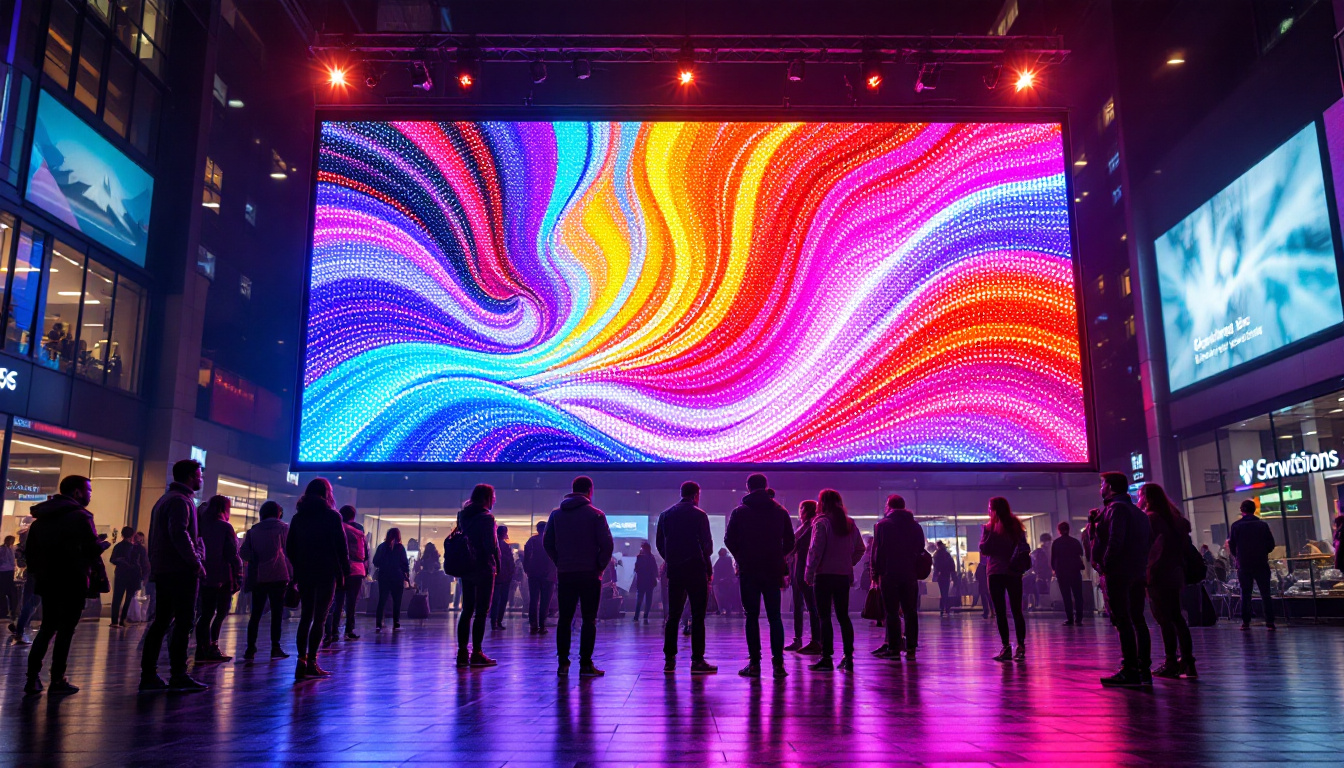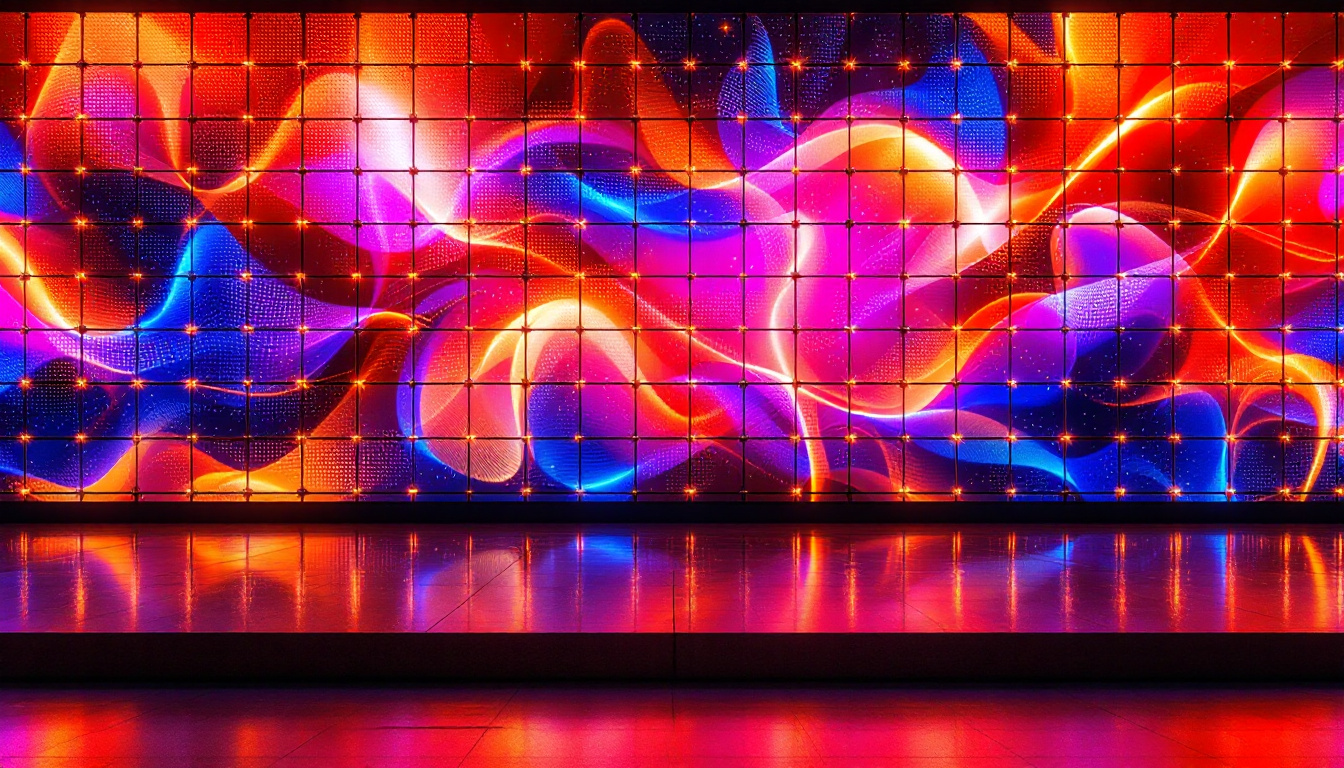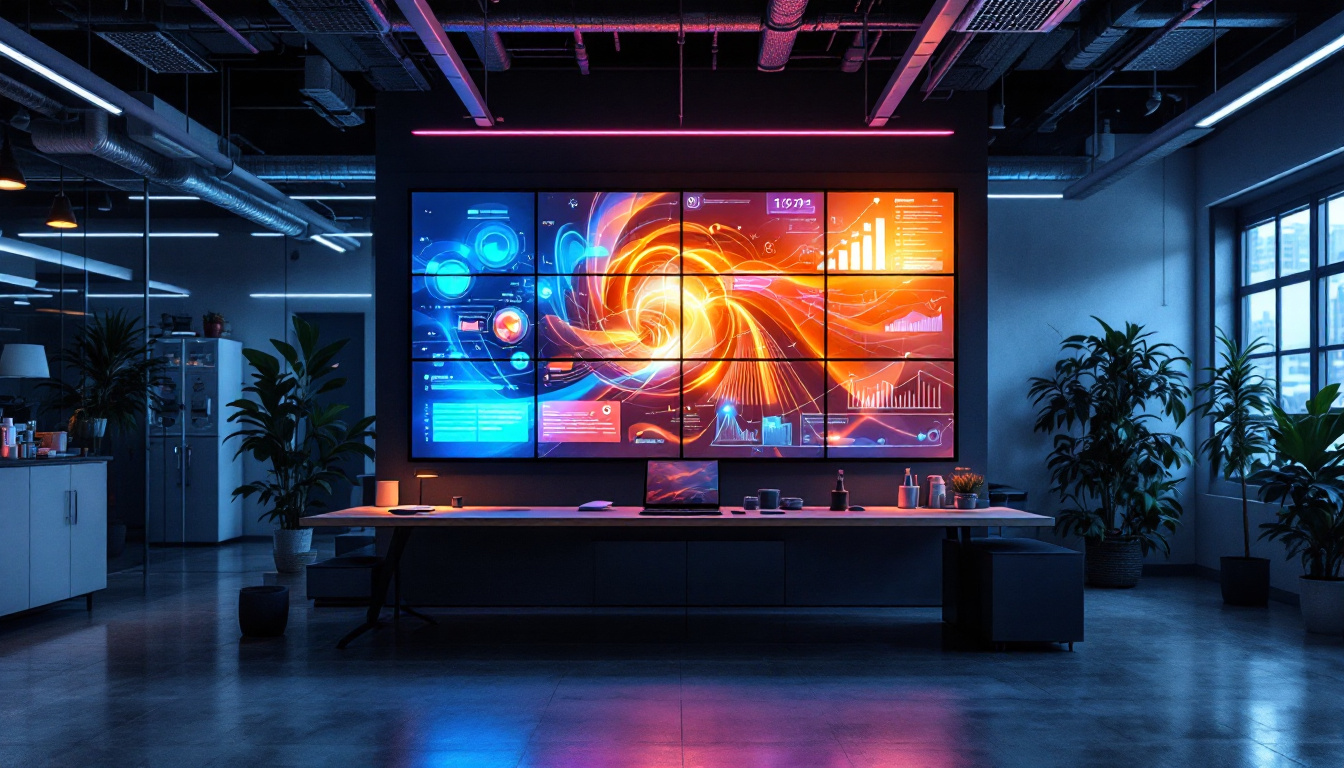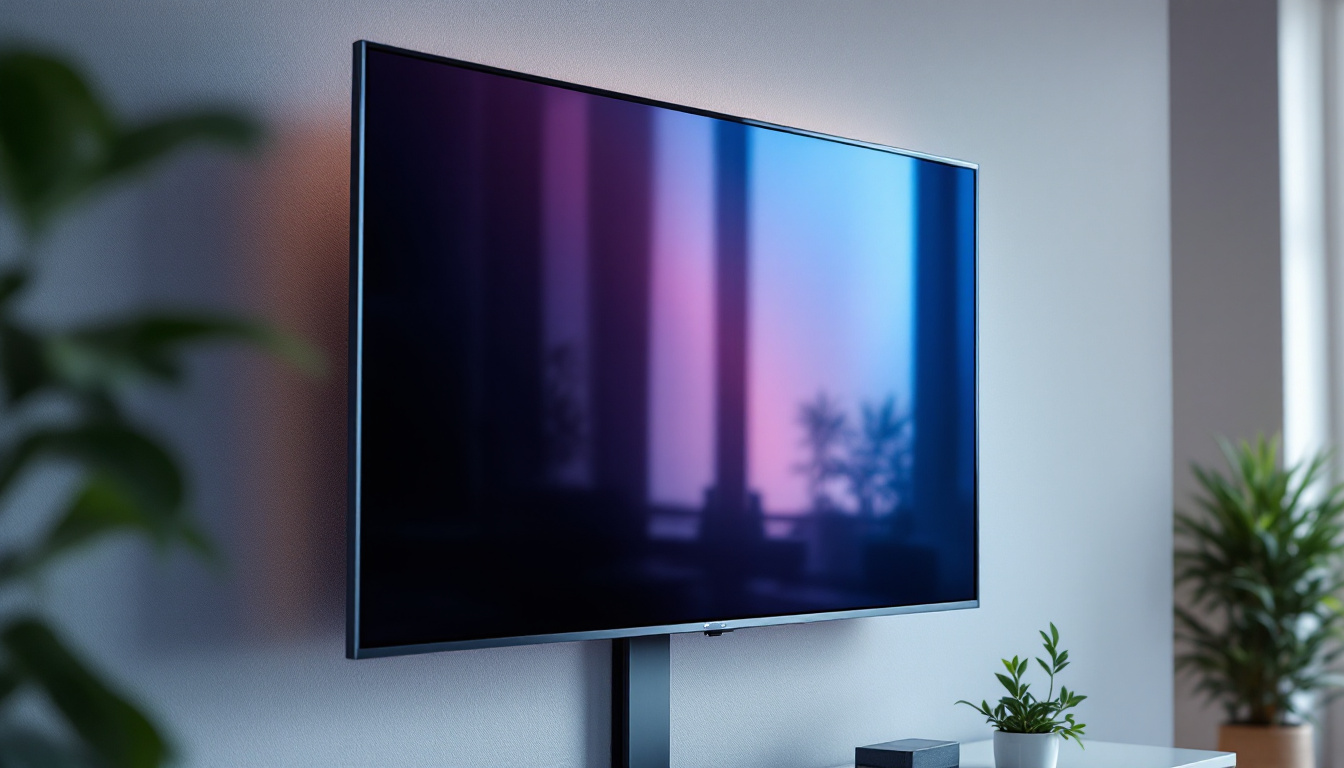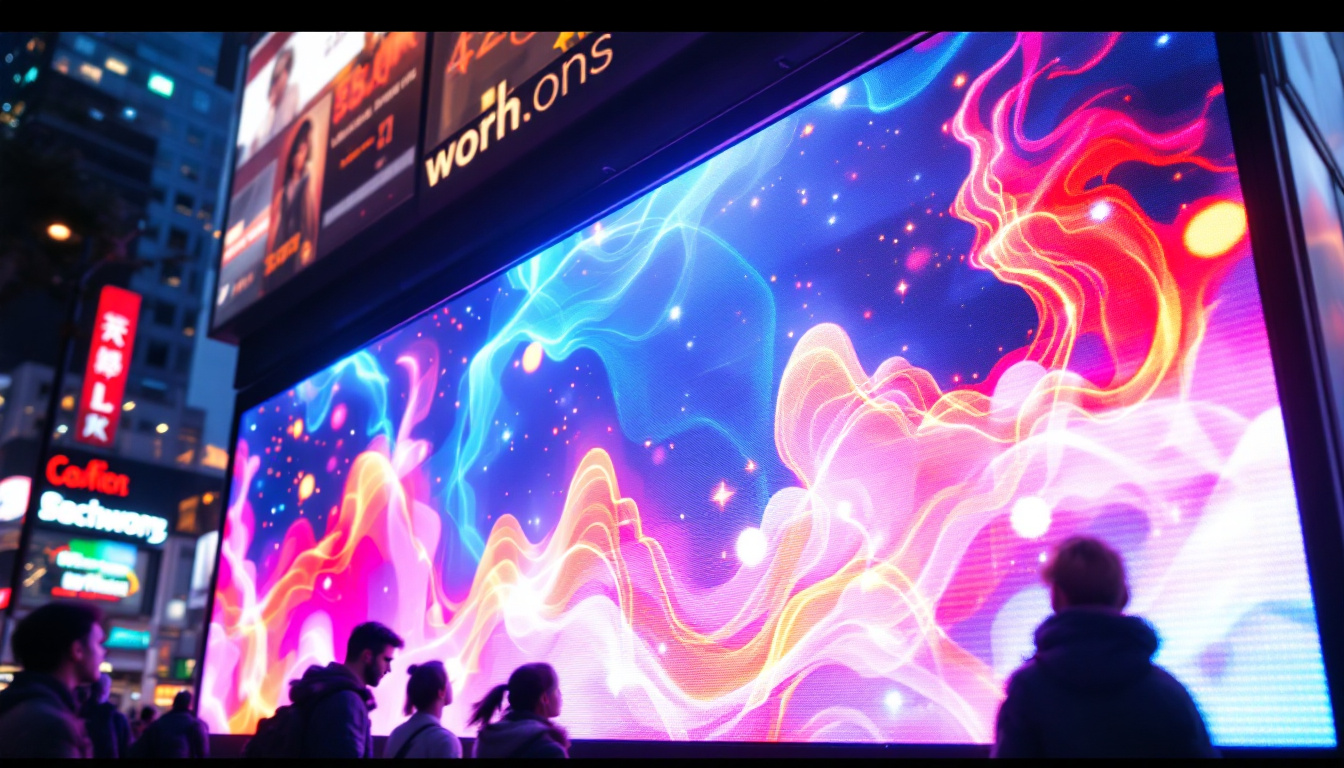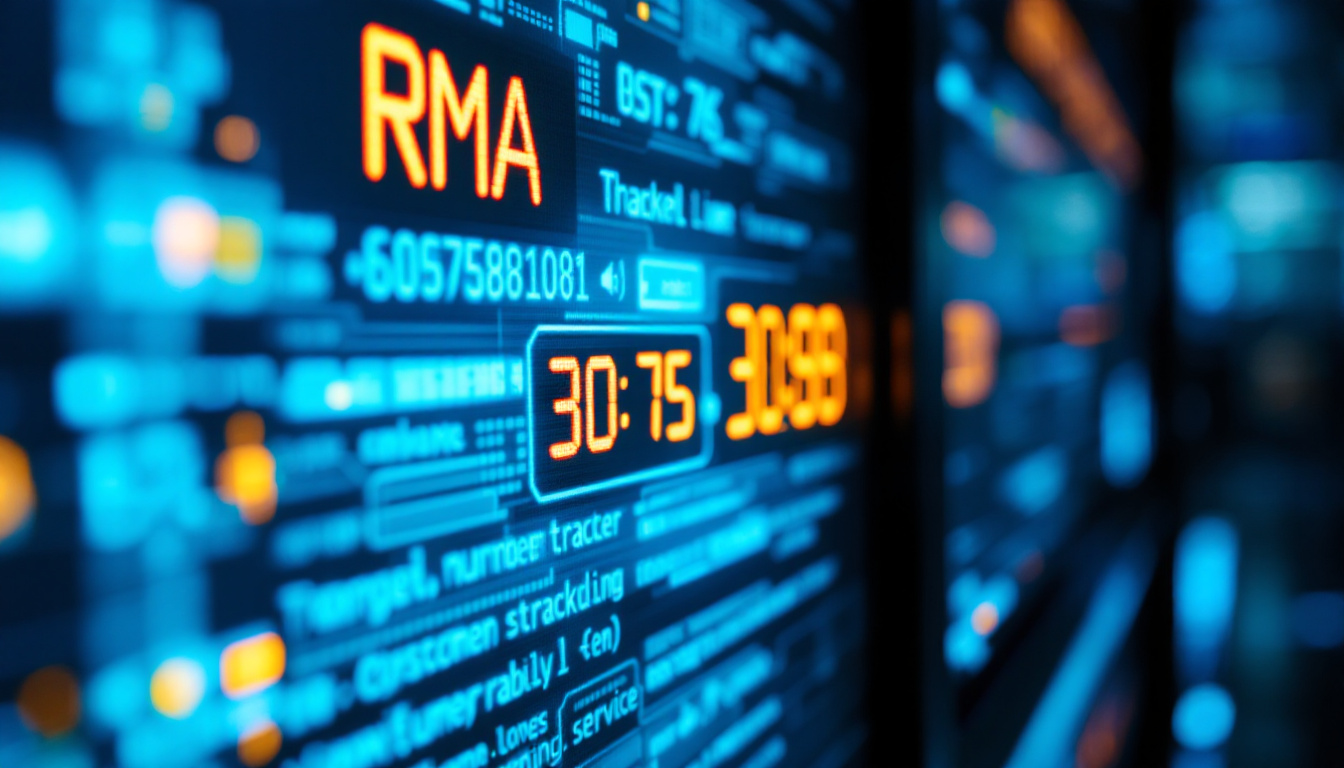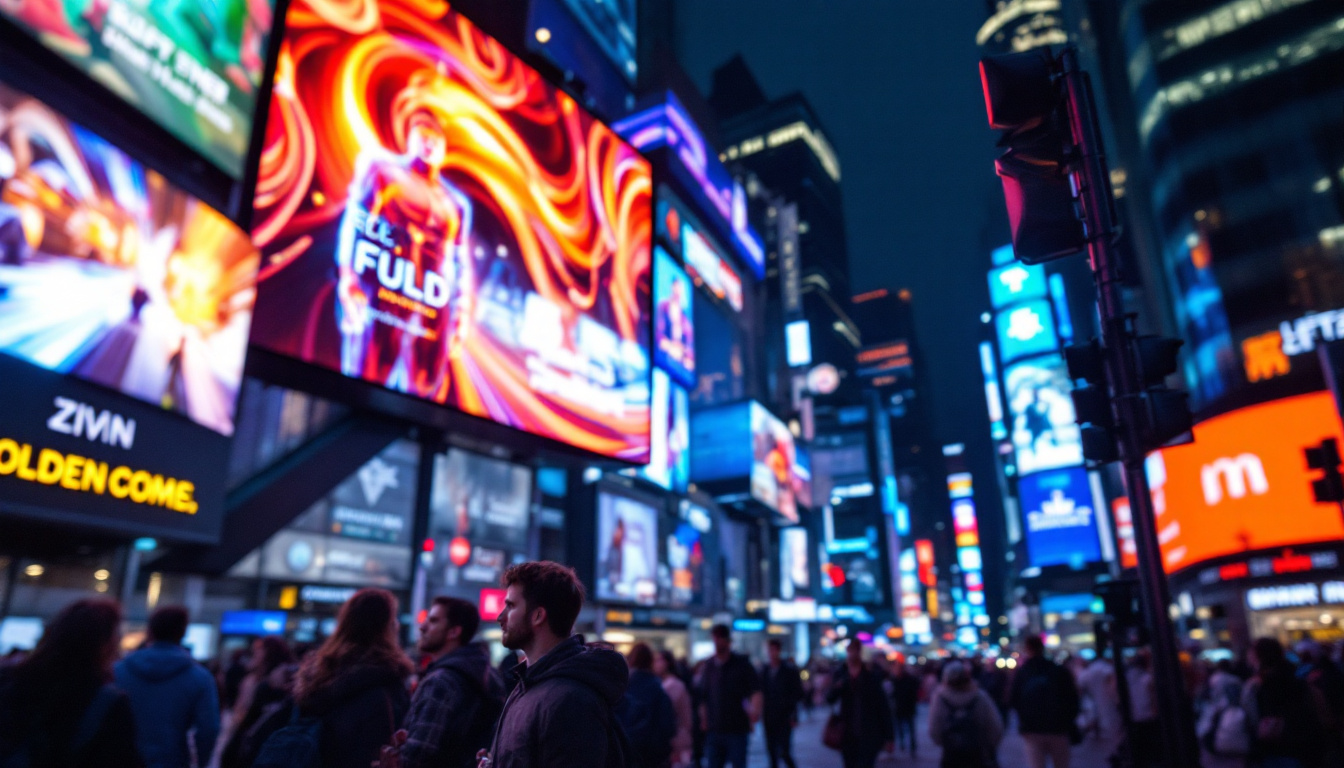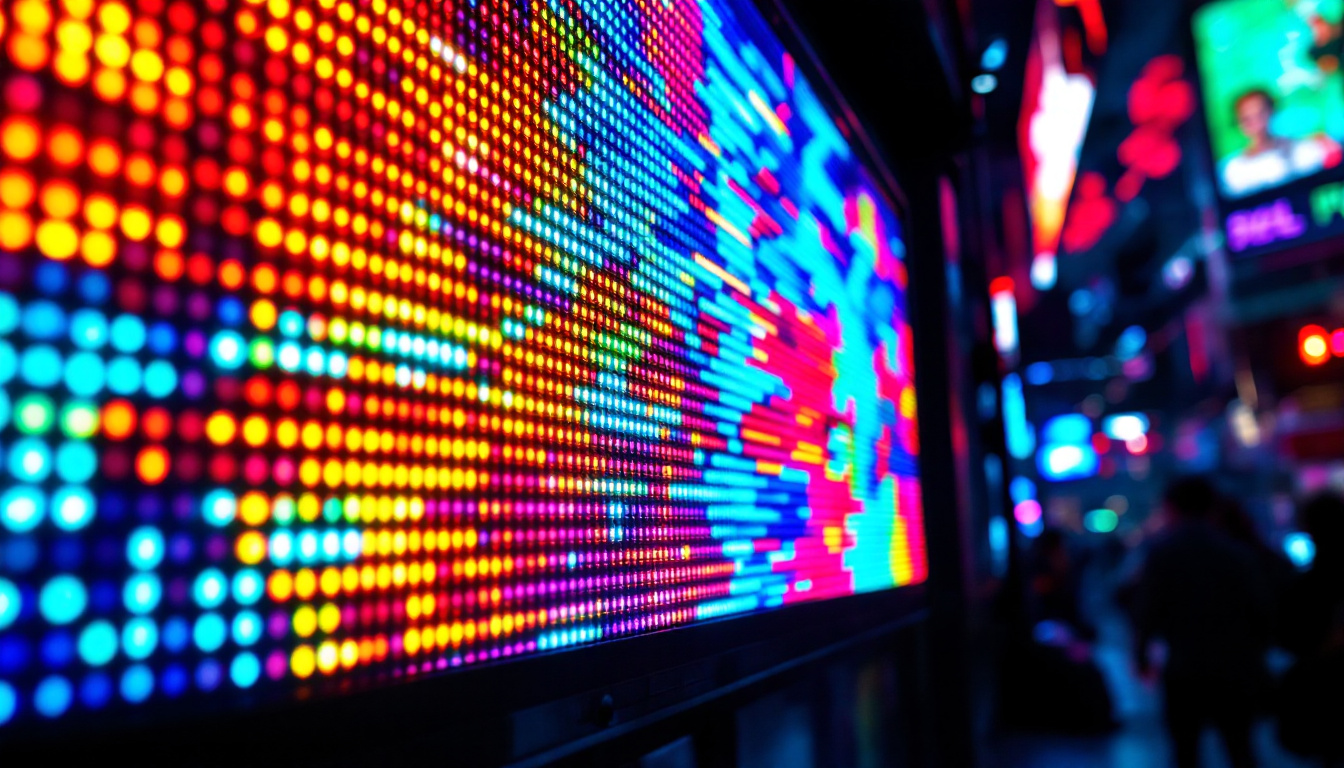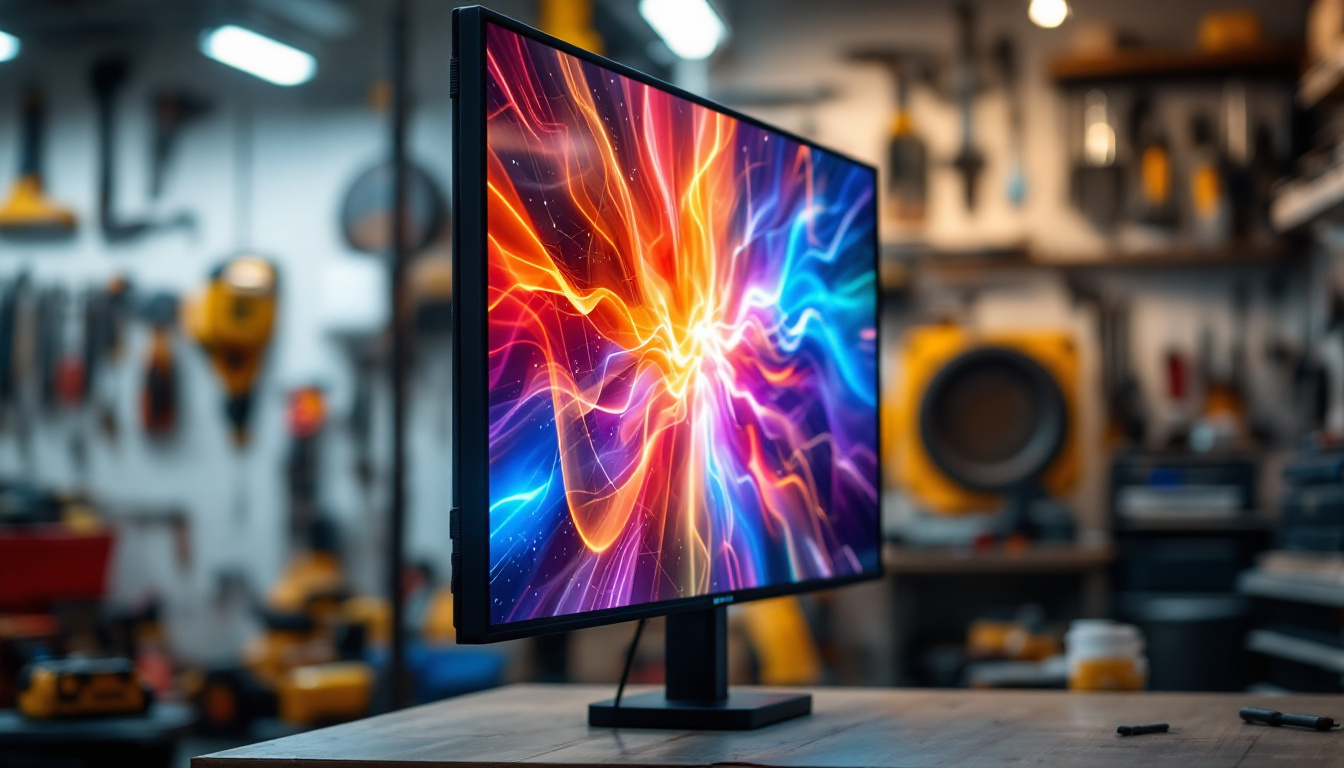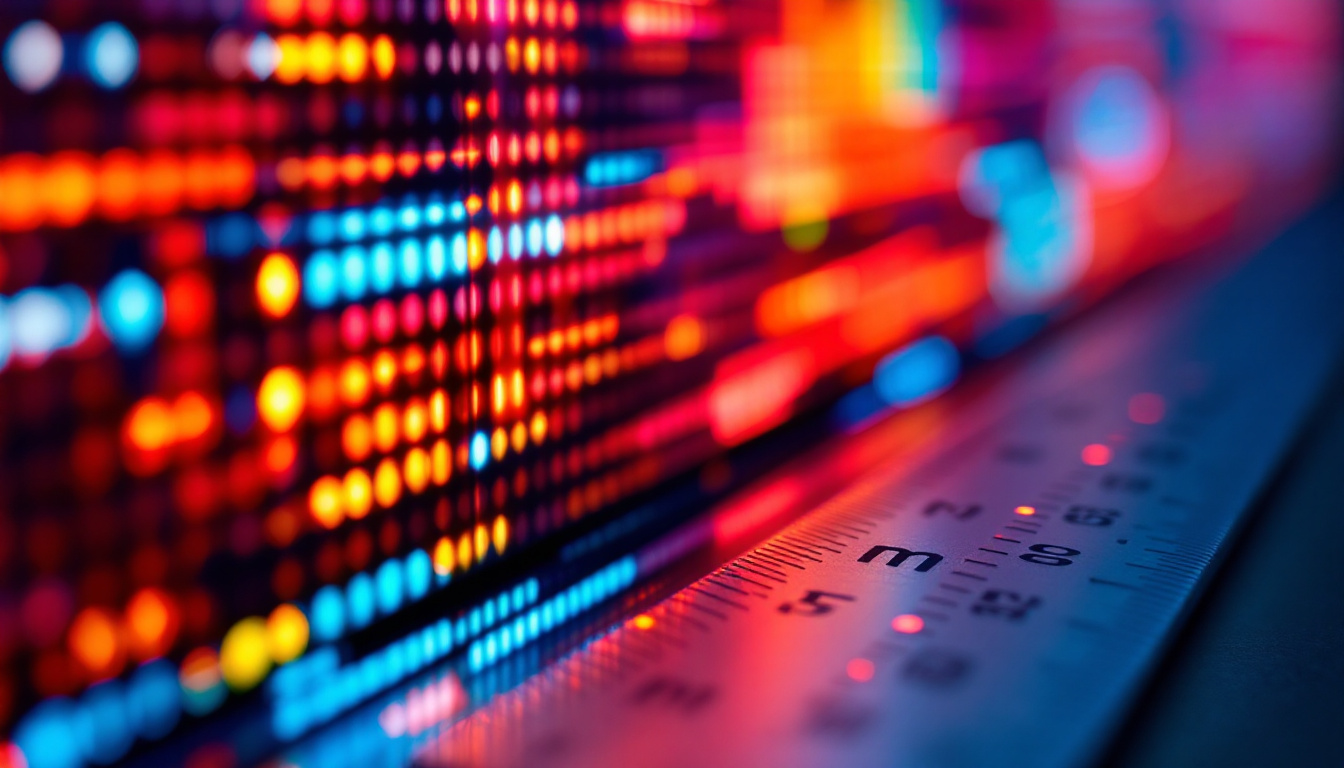In today’s digital age, LED displays have become an integral part of our environment, from advertising billboards to television screens and even architectural installations. Understanding LED technology and its pricing can help consumers and businesses make informed decisions. This article delves into the intricacies of LED displays, exploring their functionality, pricing factors, and the various types available in the market.
What is an LED Display?
LED, or Light Emitting Diode, displays utilize semiconductor technology to produce light. Unlike traditional displays that rely on backlighting, LEDs emit light directly, resulting in brighter images and more vibrant colors. This technology has revolutionized the display industry, offering numerous advantages over older technologies such as LCD and CRT. The compact size of LED components also allows for thinner and lighter screens, which has led to the development of sleek and modern designs in consumer electronics.
How LED Displays Work
At the core of an LED display are tiny diodes that emit light when an electric current passes through them. These diodes are arranged in a grid format, allowing them to create images by turning on and off at varying intensities. The combination of red, green, and blue diodes produces a full spectrum of colors, enabling the display to render detailed images and videos. This color mixing is crucial for achieving the desired hues and shades, making LED displays particularly popular in applications requiring high color fidelity, such as graphic design and video production.
Additionally, LED displays can be categorized into two main types: passive and active matrix displays. Passive matrix displays use a simple grid system to control the diodes, while active matrix displays utilize a more complex system that allows for faster refresh rates and better image quality. The choice between these types often depends on the intended application and budget. For instance, active matrix displays are commonly found in smartphones and high-end televisions, where rapid image changes are essential for an optimal viewing experience.
Advantages of LED Displays
One of the most significant benefits of LED displays is their energy efficiency. They consume less power compared to traditional display technologies, making them a more sustainable option. Furthermore, LED displays have a longer lifespan, often exceeding 50,000 hours, which translates to lower maintenance costs over time. This durability is particularly advantageous in commercial settings, where displays are used continuously for advertising or information dissemination, reducing the frequency of replacements and associated downtime.
Another advantage is their adaptability. LED technology can be used in a variety of settings, from large outdoor billboards to small indoor screens. Their brightness and clarity make them suitable for both well-lit environments and darker settings, ensuring visibility in diverse conditions. Moreover, advancements in LED technology have led to innovations such as flexible LED displays, which can be curved or shaped to fit unique spaces, and transparent LED displays, which offer a futuristic aesthetic while maintaining visibility through the screen. This versatility opens up new possibilities for creative installations in retail, architecture, and entertainment venues, allowing for dynamic visual experiences that engage audiences in innovative ways.
Factors Influencing LED Display Pricing
The price of LED displays can vary significantly based on several factors. Understanding these factors can aid consumers in making informed purchasing decisions and help businesses budget effectively for their display needs.
Display Size and Resolution
One of the most apparent factors influencing the price of an LED display is its size. Larger displays generally require more materials and technology, leading to higher costs. Additionally, the resolution of the display plays a crucial role in pricing. Higher resolution displays, which offer more pixels per inch, provide better image quality but come at a premium price.
For instance, a high-definition (HD) display will cost more than a standard definition (SD) display of the same size. As technology advances, consumers are increasingly opting for higher resolutions, such as 4K and even 8K, which can significantly impact the overall cost.
Technology and Features
The technology used in the LED display also affects its price. Advanced features such as touch capabilities, curved designs, and enhanced color accuracy can increase costs. Additionally, displays with higher refresh rates are more expensive due to the technology required to maintain smooth motion in fast-paced content.
Moreover, specialized displays designed for specific applications, such as outdoor advertising or high-brightness environments, often come with a higher price tag due to their durability and weather-resistant features.
Brand and Warranty
The brand of the LED display can significantly influence its price. Established brands with a reputation for quality and reliability often charge more for their products. Consumers may find that investing in a reputable brand can lead to better performance and longevity, ultimately justifying the higher initial cost.
Warranties also play a role in pricing. Displays with longer warranty periods may come with a higher price, as they reflect the manufacturer’s confidence in their product’s durability and performance. A robust warranty can provide peace of mind for businesses investing in expensive display technology.
Types of LED Displays
LED displays come in various types, each suited for different applications. Understanding these types can help consumers choose the right display for their needs.
Indoor LED Displays
Indoor LED displays are designed for use in environments such as shopping malls, conference rooms, and sports arenas. These displays typically have lower brightness levels compared to outdoor displays, as they are used in controlled lighting conditions. They offer high resolution and vibrant colors, making them ideal for advertising, presentations, and entertainment.
Indoor displays often come in various configurations, including video walls and single-screen setups, allowing for flexibility in design and installation. Their lightweight construction and slim profiles make them easy to integrate into various spaces.
Outdoor LED Displays
Outdoor LED displays are built to withstand harsh weather conditions, including rain, snow, and direct sunlight. These displays feature higher brightness levels to ensure visibility even in bright daylight. They are commonly used for billboards, stadiums, and public information displays.
The construction of outdoor displays is typically more robust, with protective casings that shield the internal components from environmental damage. Additionally, outdoor displays often incorporate advanced cooling systems to prevent overheating during prolonged use.
Transparent LED Displays
Transparent LED displays are a cutting-edge innovation that allows for the creation of visually striking installations. These displays are designed to be see-through, enabling them to be integrated into glass surfaces without obstructing the view behind them. They are commonly used in retail environments, allowing businesses to showcase advertisements while maintaining visibility of their products.
While transparent displays offer a unique aesthetic, they can be more expensive than traditional LED displays due to their specialized technology. However, their eye-catching appearance can attract customers and enhance brand visibility.
Cost Considerations for Businesses
For businesses looking to invest in LED displays, understanding the total cost of ownership is crucial. This includes not only the initial purchase price but also installation, maintenance, and operational costs.
Installation Costs
The installation of LED displays can vary significantly based on the complexity of the setup. Factors such as location, mounting requirements, and the need for additional infrastructure can all contribute to installation costs. Businesses should factor these expenses into their overall budget when considering an LED display investment.
Engaging professional installers with experience in LED technology can help ensure a smooth installation process. While this may increase upfront costs, it can prevent potential issues down the line and ensure the display functions optimally.
Maintenance and Operational Expenses
LED displays are generally low-maintenance, but they still require regular upkeep to ensure optimal performance. This includes cleaning the screens, checking connections, and updating software. Businesses should budget for these ongoing maintenance costs to avoid unexpected expenses.
Additionally, operational costs such as electricity consumption should be considered. While LED displays are energy-efficient, their power usage can still add up, especially for larger installations. Businesses should evaluate their energy needs and factor these costs into their overall budget.
Future Trends in LED Display Technology
The LED display market is continually evolving, with new technologies and trends emerging regularly. Staying informed about these developments can help consumers and businesses make strategic decisions regarding their display investments.
Advancements in Technology
As technology advances, LED displays are becoming more sophisticated. Innovations such as microLED and miniLED technology are paving the way for even higher resolutions and improved color accuracy. These technologies allow for smaller pixel sizes, resulting in sharper images and enhanced viewing experiences.
Furthermore, the integration of artificial intelligence (AI) and machine learning into LED displays is becoming more common. These technologies can optimize display performance, analyze viewer engagement, and tailor content to specific audiences, enhancing the overall effectiveness of advertising and communication strategies.
Increased Customization
Customization is becoming a significant trend in the LED display market. Businesses are increasingly seeking displays that can be tailored to their specific needs, whether through size, shape, or functionality. Manufacturers are responding by offering more customizable options, allowing businesses to create unique installations that align with their branding and messaging.
This trend towards customization also extends to software solutions, with businesses looking for user-friendly interfaces that enable easy content management and updates. As the demand for personalized displays grows, manufacturers are likely to continue innovating in this area.
Conclusion
LED displays have transformed the way businesses and consumers interact with visual content. Understanding the technology, pricing factors, and various types of displays available can help individuals and organizations make informed decisions. As the market continues to evolve, staying abreast of trends and advancements will be essential for maximizing the benefits of LED technology.
Whether for advertising, entertainment, or information dissemination, LED displays offer a powerful medium for communication. By investing in the right technology and understanding the associated costs, businesses can leverage LED displays to enhance their visibility and engage their audiences effectively.
Discover LumenMatrix’s Innovative LED Solutions
As you consider the vast potential and applications of LED displays, LumenMatrix stands at the forefront of this transformative technology. With a commitment to excellence and innovation, LumenMatrix offers a diverse range of LED display solutions tailored to meet your specific needs. From vibrant Indoor LED Wall Displays to robust Outdoor LED Wall Displays, and from dynamic Vehicle LED Displays to sleek LED Poster Displays, our products are designed to captivate and engage. Explore our LED Sports Displays for immersive experiences, Floor LED Displays for interactive environments, Custom LED Displays for unique designs, All-in-One LED Displays for convenience, and LED Transparent Displays for modern aesthetics. Embrace the future of visual communication with LumenMatrix and elevate your brand’s presence. Check out LumenMatrix LED Display Solutions and join the revolution in digital signage and display technology.

